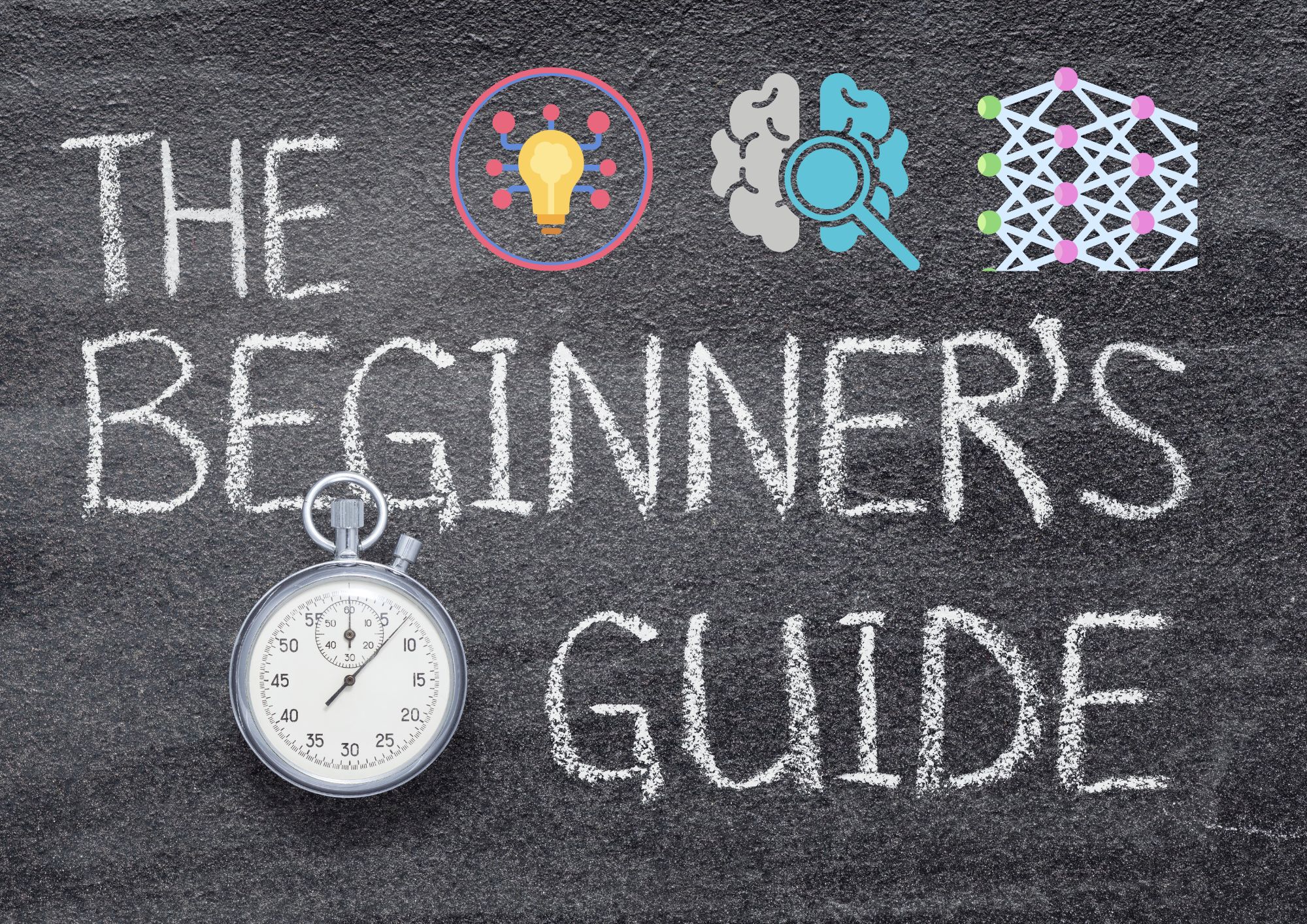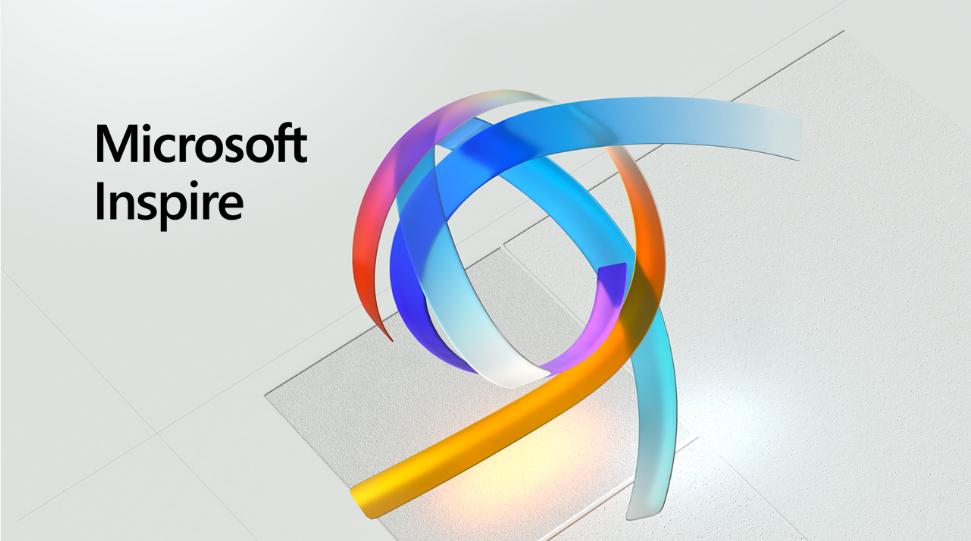👋 Hello, aspiring deep learning enthusiast! Welcome to our comprehensive guide on demystifying deep learning.
If you’ve been searching for a detailed introduction to deep learning, look no further. In this article, we’ll cover deep learning basics and provide you with tangible examples, programming codes, and facts & figures to help you understand this fascinating field.
So, let’s dive in! 😃
Introduction to Deep Learning
Deep learning, a subfield of artificial intelligence (AI) and machine learning (ML), focuses on algorithms that enable computers to learn complex patterns and representations from vast amounts of data.
This learning process is typically achieved through the use of artificial neural networks, which are inspired by the human brain’s structure and function. In this section, we’ll introduce you to the basics of deep learning and its applications.
Neural Networks
A neural network is a computational model that consists of interconnected nodes, or neurons, organized into layers. These networks can be trained to recognize patterns and make predictions or decisions based on the input data.
The fundamental building block of a neural network is the artificial neuron, which receives input from other neurons, processes it, and passes the output to other neurons.
In a neural network, there are three types of layers:
- Input Layer: The initial layer, responsible for receiving raw data.
- Hidden Layer(s): Layers between the input and output layers, responsible for processing and transforming data.
- Output Layer: The final layer, responsible for producing the network’s output or prediction.
Applications of Deep Learning
Deep learning has numerous practical applications, including but not limited to:
- Image and speech recognition
- Natural language processing and understanding
- Self-driving cars
- Recommender systems
- Medical diagnosis
📊 Fact: According to a 2021 survey by Deloitte, 76% of companies reported increasing their investment in AI and deep learning technologies.
Deep Learning for Beginners: Essential Concepts
Now that you have an introduction to deep learning, let’s explore some essential concepts that every beginner should understand.
Supervised Learning
Supervised learning is a type of ML where the model learns from labeled training data, meaning that each input example has a corresponding output or target value.
This learning method is especially useful in tasks like classification, where the model must categorize input data into predefined classes or groups.
Example: Email Spam Filtering
Imagine an email spam filtering system that uses supervised learning. In this case, the training dataset would consist of emails labeled as “spam” or “not spam.”
The model would learn to recognize patterns in these emails, allowing it to classify new, unlabeled emails accordingly.
Unsupervised Learning
Unsupervised learning, on the other hand, involves training models on unlabeled data. Instead of being provided with a target output, the model must discover the underlying structure or patterns within the data.
This learning method is commonly used for tasks like clustering and dimensionality reduction.
Example: Customer Segmentation
Consider a company that wants to segment its customer base for marketing purposes. By employing unsupervised learning techniques, the company can identify clusters of similar customers based on their purchasing behavior, demographics, and other relevant data. This segmentation can then be used to create targeted marketing campaigns for each group.
Convolutional Neural Networks (CNNs)
Convolutional Neural Networks (CNNs) are a type of deep learning architecture specifically designed for processing grid-like data, such as images. CNNs consist of multiple layers, including convolutional layers, pooling layers, and fully connected layers, each serving a unique purpose in feature extraction and pattern recognition.
📌 Example: Image Classification
Suppose you want to create a model that can classify images of handwritten digits. A CNN would be an excellent choice for this task, as it can effectively learn to recognize spatial patterns and hierarchies of features within the images.
Recurrent Neural Networks (RNNs)
Recurrent Neural Networks (RNNs) are another type of deep learning architecture, primarily designed for handling sequential data, such as time series or natural language.
Unlike traditional feedforward neural networks, RNNs have connections that loop back on themselves, allowing them to maintain a “memory” of previous inputs in the sequence.
📚 Example: Text Generation
An RNN could be used to generate text based on an initial input string. By maintaining memory of the sequence’s context, the model can generate more coherent and contextually appropriate text than a feedforward network.
Getting Started with Deep Learning: Tools and Libraries
To kickstart your deep learning journey, it’s essential to familiarize yourself with popular tools and libraries. Here are some widely-used options:
- TensorFlow: An open-source deep learning library developed by Google, offering a comprehensive ecosystem for ML and AI research.
- Keras: A high-level neural network API, built on top of TensorFlow, Theano, or CNTK, and designed for rapid prototyping and experimentation.
- PyTorch: A deep learning framework developed by Facebook’s AI research group, known for its dynamic computation graph and ease of use.
TensorFlow Example: Simple Linear Regression
Here’s a quick example of how to implement a simple linear regression model using TensorFlow:
import tensorflow as tf
import numpy as np
# Generate synthetic data
X = np.random.rand(100).astype(np.float32)
Y = 3 * X + 2 + np.random.normal(0, 0.1, 100)
# Define model parameters
W = tf.Variable(tf.random.uniform([1]))
b = tf.Variable(tf.zeros([1]))
# Define the linear regression model
@tf.function
def model(x):
return W * x + b
# Define the loss function (Mean Squared Error)
@tf.function
def loss(y_true, y_pred):
return tf.reduce_mean(tf.square(y_true - y_pred))
# Define the optimizer
optimizer = tf.optimizers.SGD(0.1)
# Train the model
for epoch in range(1000):
with tf.GradientTape() as tape:
y_pred = model(X)
current_loss = loss(Y, y_pred)
gradients = tape.gradient(current_loss, [W, b])
optimizer.apply_gradients(zip(gradients, [W, b]))
print(f"Trained model: y = {W.numpy()[0]}x + {b.numpy()[0]}")
This simple example demonstrates how to define a linear regression model, loss function, and optimizer using TensorFlow, as well as how to train the model using gradient descent.
🎉 Congratulations! You’ve now taken your first steps into the world of deep learning. Remember, practice makes perfect, so keep exploring and experimenting with different concepts, architectures, and tools. As you progress, you’ll gain a deeper understanding of deep learning basics and be able to tackle more advanced challenges.
Learning Resources
To further your deep learning knowledge, here are some excellent resources to explore:
- Deep Learning by Ian Goodfellow, Yoshua Bengio, and Aaron Courville: This comprehensive textbook covers deep learning fundamentals and advanced topics, serving as an excellent reference for both beginners and experts.
- fast.ai: A popular online deep learning course, focusing on practical implementation and hands-on learning using the fastai library.
- Coursera’s Deep Learning Specialization by Andrew Ng: A series of online courses covering deep learning basics, convolutional neural networks, sequence models, and more.
Remember, the deep learning community is continually growing, and there’s a wealth of resources available online, from blog posts and tutorials to research papers and conference presentations.
Stay curious and keep learning! 😊
In this beginner’s guide, we’ve demystified deep learning by introducing you to the basics, essential concepts, tools, and libraries, along with examples and programming codes.
We hope this comprehensive guide has given you a strong foundation and inspired you to delve deeper into the fascinating world of deep learning.
As you continue your journey, remember to explore various resources, practice implementing different models and techniques, and stay up-to-date with the latest research and advancements in the field.
Happy deep learning! 🚀
Thank you for reading our blog, we hope you found the information provided helpful and informative. We invite you to follow and share this blog with your colleagues and friends if you found it useful.
Share your thoughts and ideas in the comments below. To get in touch with us, please send an email to dataspaceconsulting@gmail.com or contactus@dataspacein.com.
You can also visit our website – DataspaceAI


